In the heart of the heartbreakingly pretty town of Lucerne, by the lake of the same name, sits Mandarin Oriental Lucerne, Switzerland. Does it live up to its promise? LUX takes a plane, a train and a stroll along the lakefront to visit the palace hotel and find out
Is Lucerne one of the most underrated towns in Europe? A gem of an ancient town, small enough to feel like a big village and with barely any evidence of industry, spread along the edge of a lake with a massive view of the central Swiss Alps and a bridge in the centre of town straight out of a Brothers Grimm fairytale.
Its only sin is to be in the middle of a country with so many views that visitors perhaps feel spoiled for choice. Until now, there has not quite been a world-class place to stay in the town, to match its world-class location, views and tourist sites. That all changed when the Mandarin Oriental opened, after a five year refurbishment of what used to be The Palace.
Follow the LUX Instagram: @luxthemagazine
Mandarin, a Hong Kong based luxury hospitality group, does not do anything except excellent hotels, and does them with a panache that belies the terms “contemporary“ or “traditional“ – somehow its hotels are superior to both, whilst also encapsulating them.
How would this play in this grand old building in a traditional city?
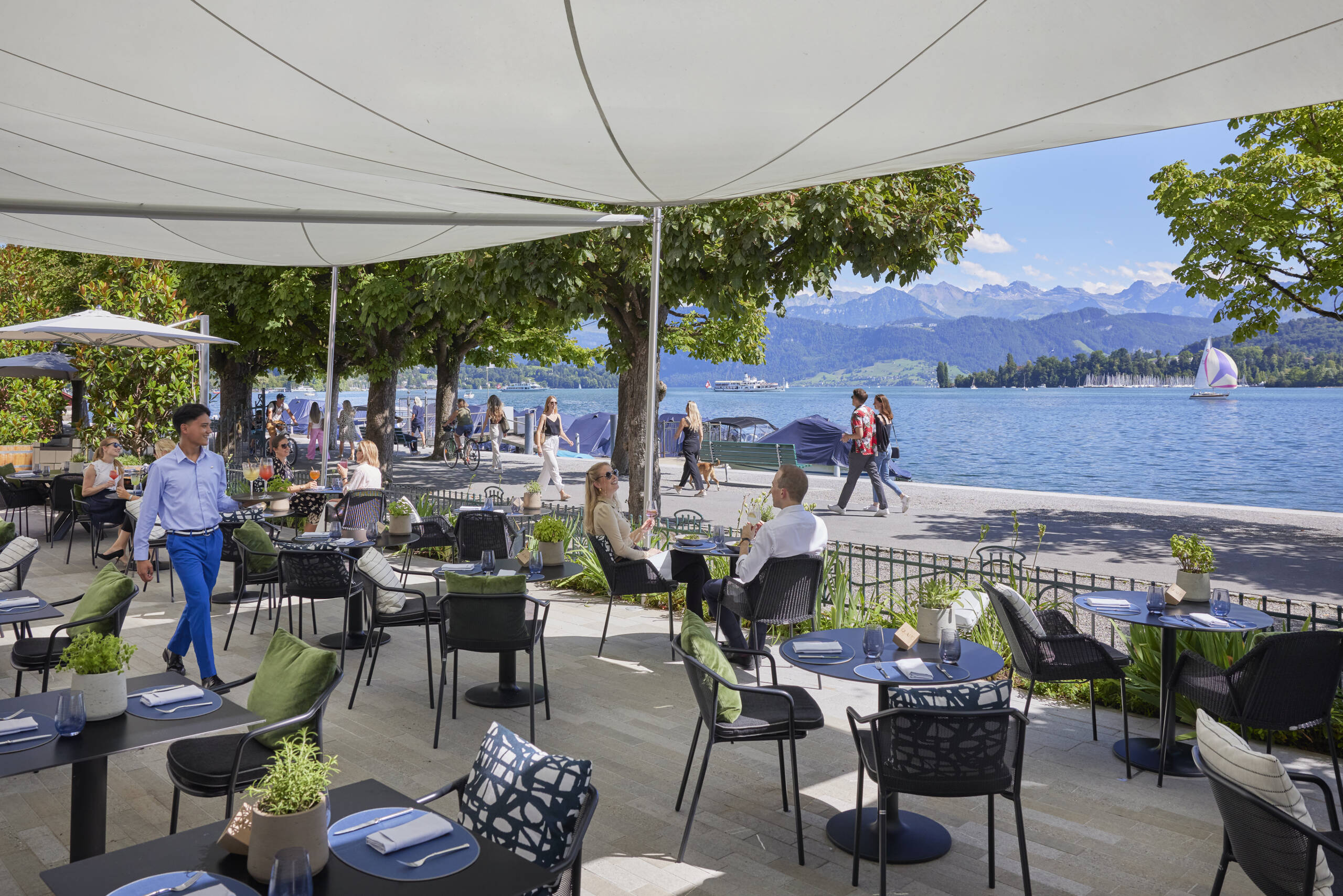
The pedestrianised pathway just outside the hotel allows for a safe and easy stroll after your meal
The first, decidedly positive, impression on walking from the station (you really must walk around towns in Switzerland if you can, the views are all around and the air is fresh), is joy that the lakeside road along the front of the hotel, lined with trees, has been entirely given over to pedestrians and bicycles. This means the only traffic in front of the hotel’s grand facade is a morning and evening passegiata on holidays and weekends, and the swish of cyclists going to work on weekdays.

Due to the way the hotel has been remodelled, the entrance is at one end of a long building, you walk into a corridor and turn right into a palatial but contemporary reception area from from which you are whisked up, in LUX’s case, to a big suite with a small balcony (these were built in the era before global warming, when balconies in central Europe were for occasional use only) and just gorgeous decor.

Chilling on the first evening involved looking over the tops of the trees and across the lake, to a line of wavy white Alps as they turned rose and then slate coloured in the sunset. A couple of glasses of champagne later, LUX could have stayed on the balcony all night, but a chilly breeze was descending from the glaciers and we also had a dinner awaiting us, a few floors directly below, on the buzzing front terrace adjoining the lakeside promenade.

This has been elegantly done, with just a low set of metal railings separating it from the promenade so you do not feel like you are caged in. It is a mystery to us why Italian Alpine lakes are so celebrated while those in Switzerland, which are geographically identical, are less so. This was possibly due to the cooler climate on the northern side of the Alps in Switzerland in years past, but these days, Switzerland has long months of sunshine from spring until autumn, with mirror image views compared to those of the Italian lakes, and, in this particular case, a refinement and lack of overcrowding that is hard to find sometimes in Italy.
Read next: Maryam Eisler interviewing Pamela Willoughby
LUX’s preferred breakfast location was the little balcony in our room, no reflection or the beautiful breakfast room downstairs space but simply an indication of how good the view was from the balcony – also showing that you don’t need a giant terrace to enjoy outdoor living.
Mandarin Oriental had a big challenge with this property, due to its size, scale, history and also its layout. We have never seen them fail yet, and we are delighted to see that the result is not just good, but world leading. It’s a destination hotel, in a destination town, with an exhilaration of view that is unmatched. Just make sure you get a room with a balcony.





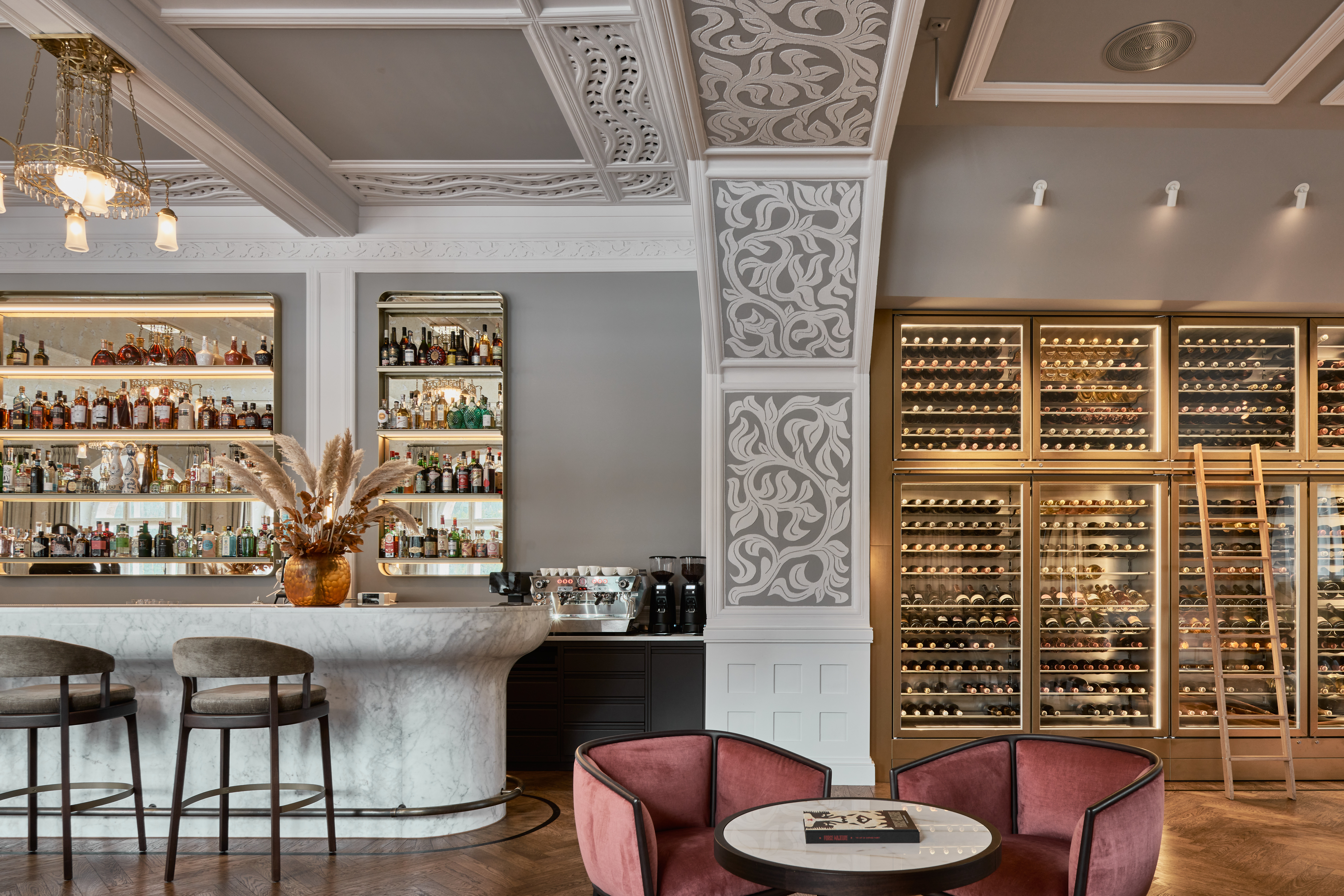


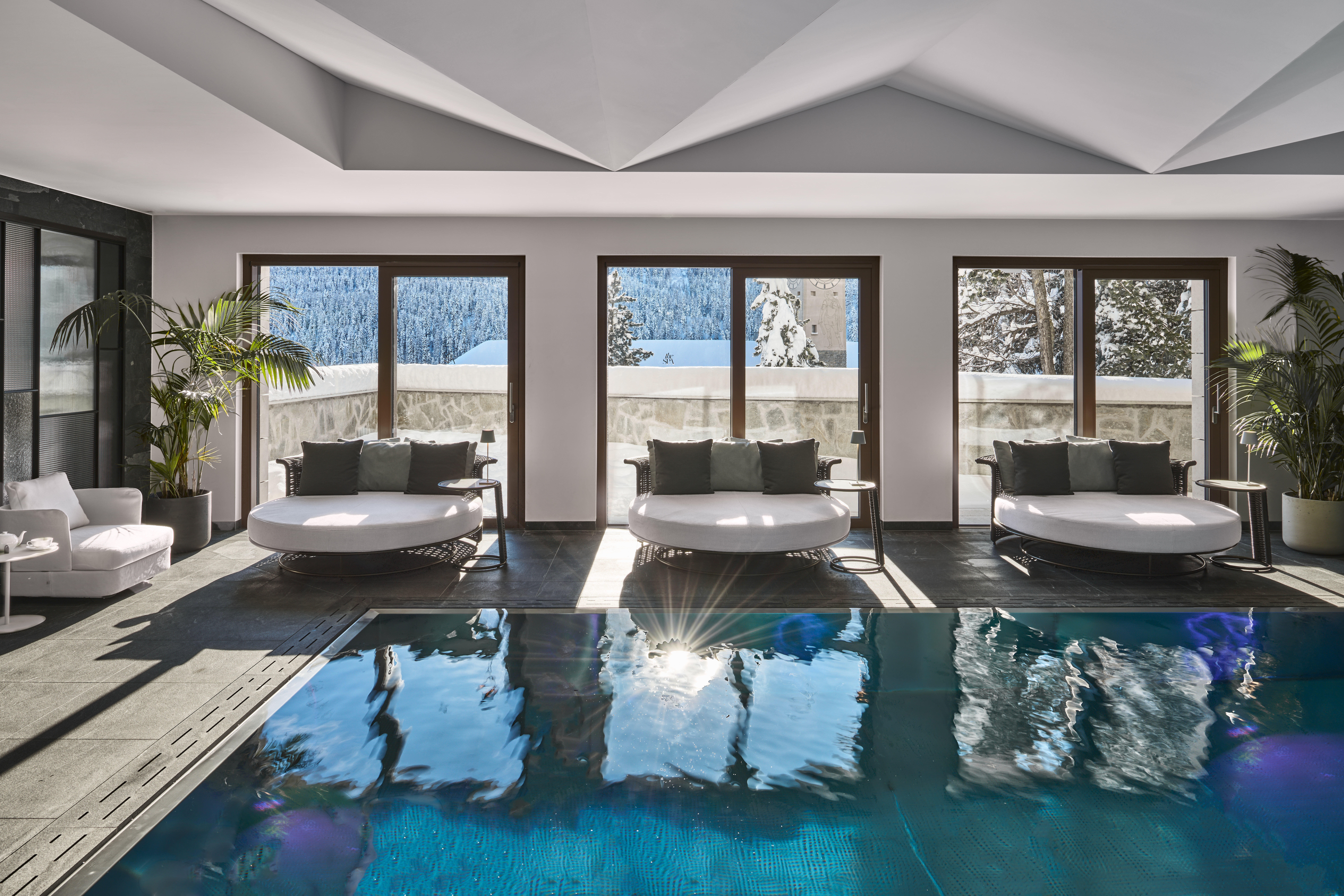
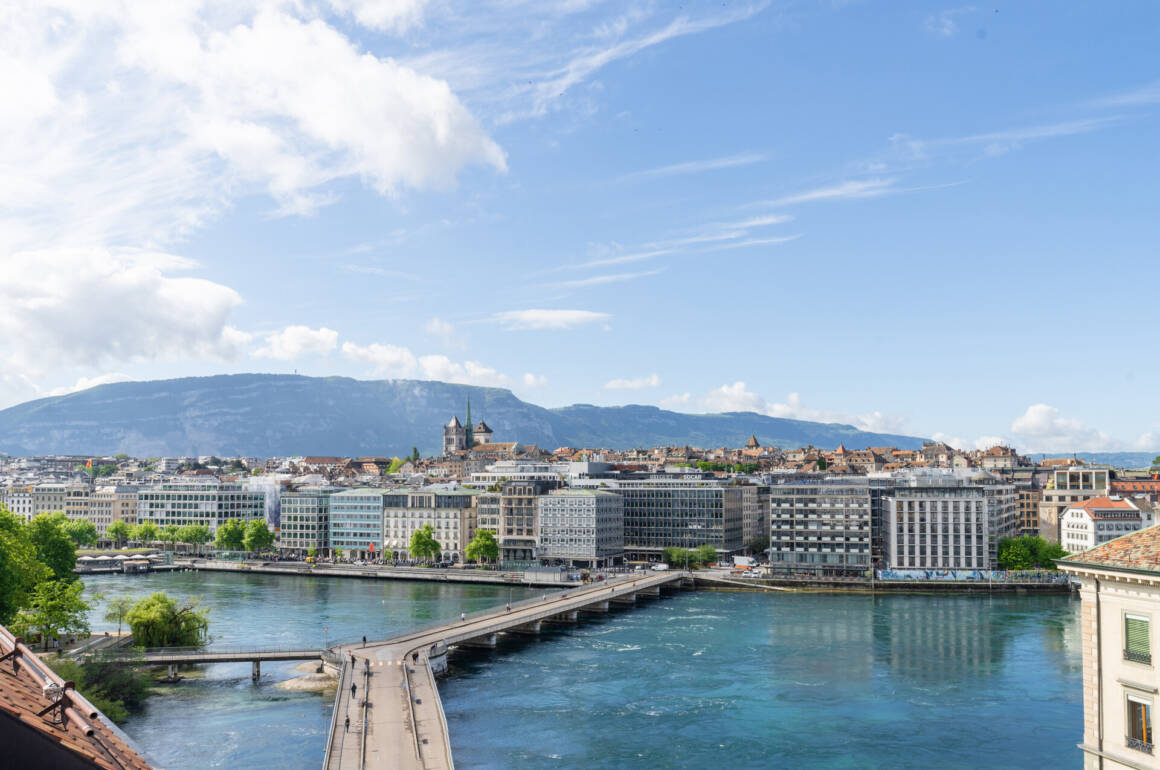
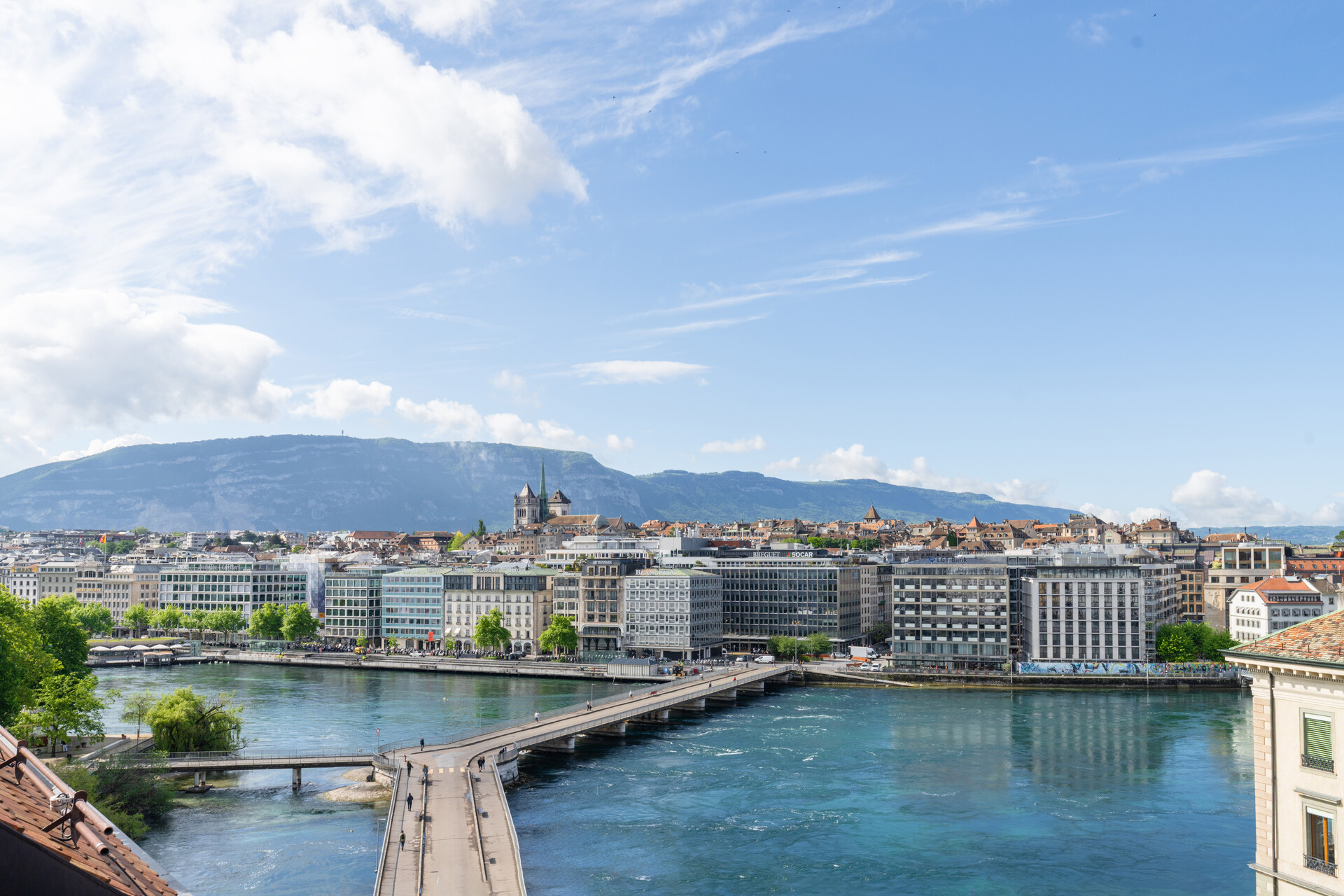




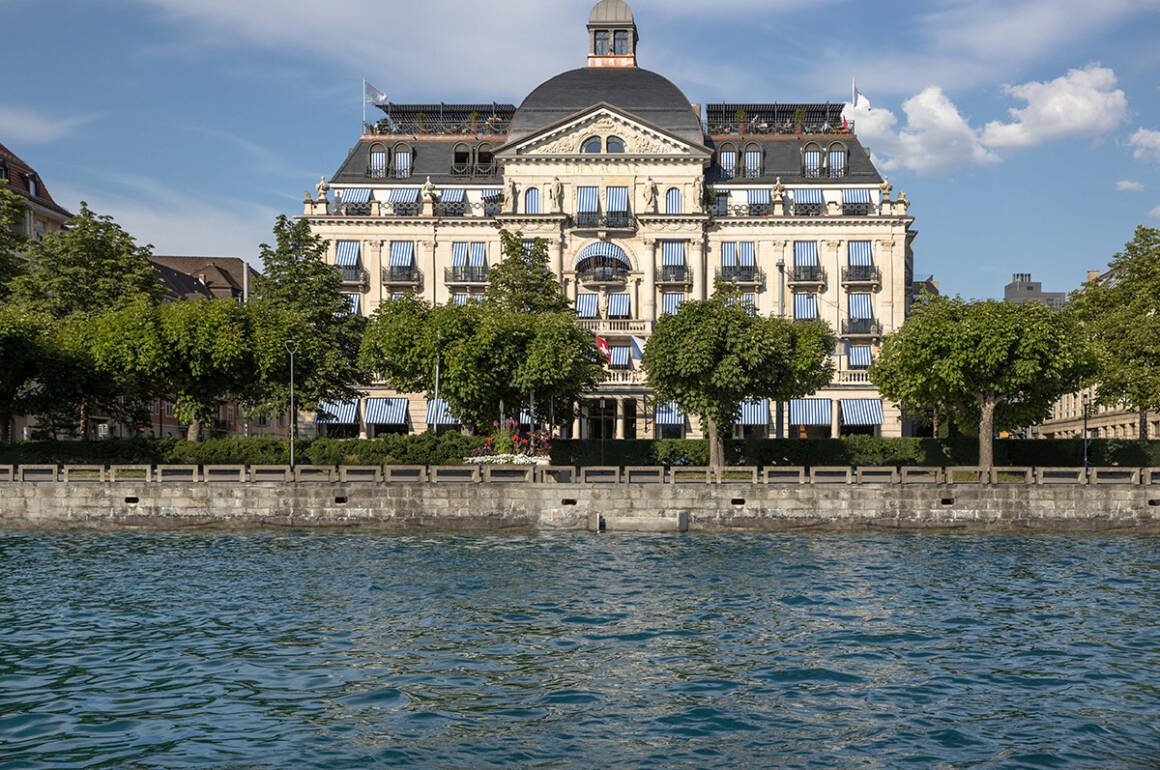
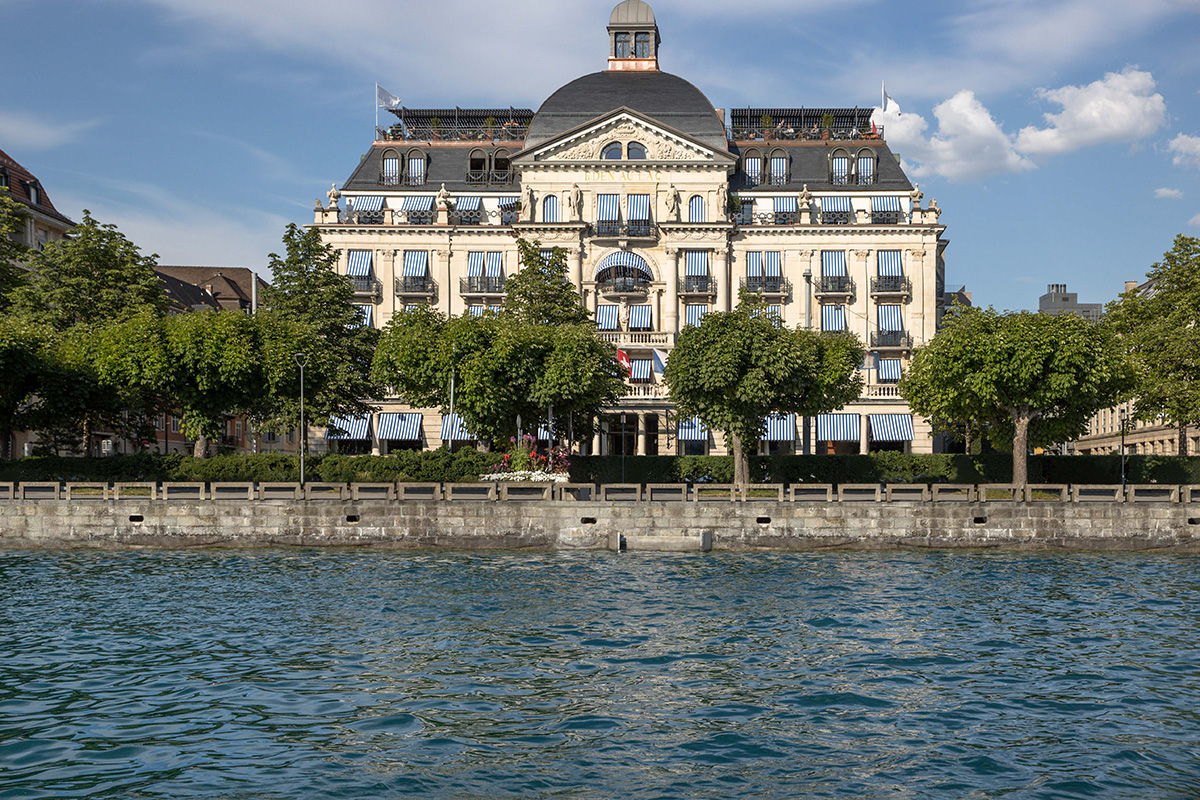
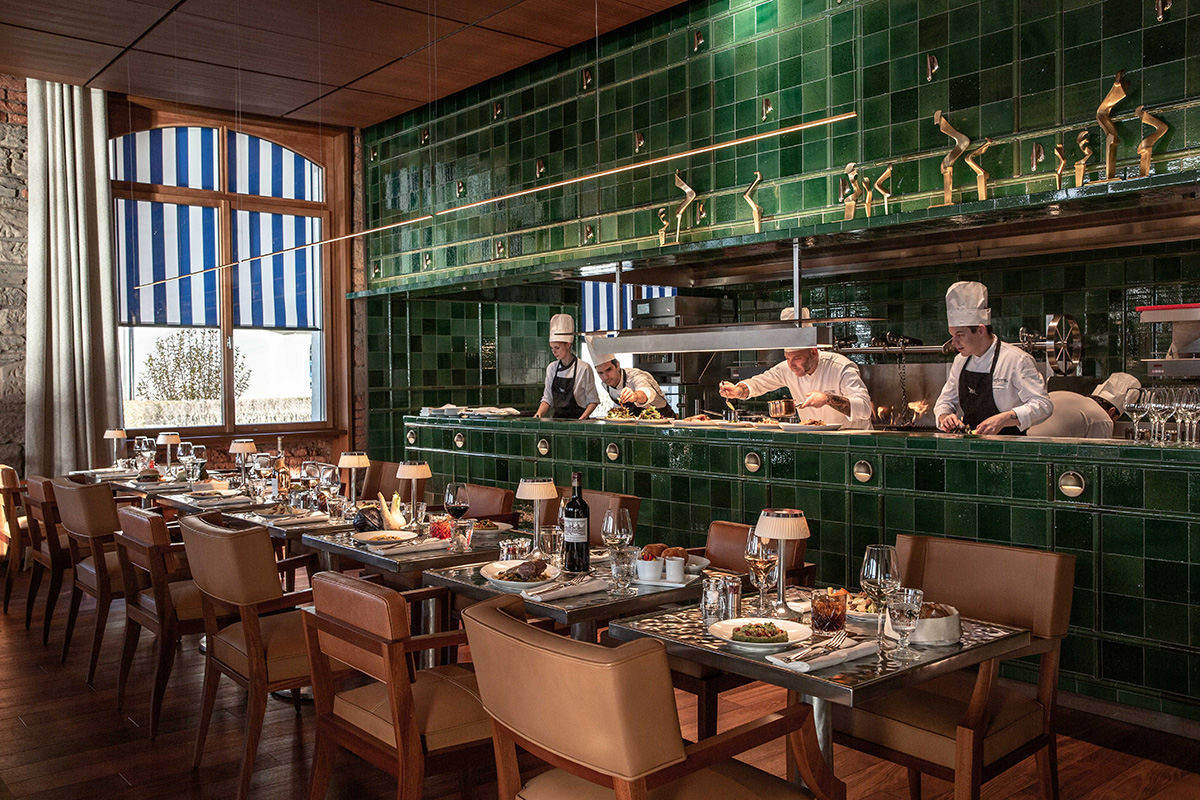
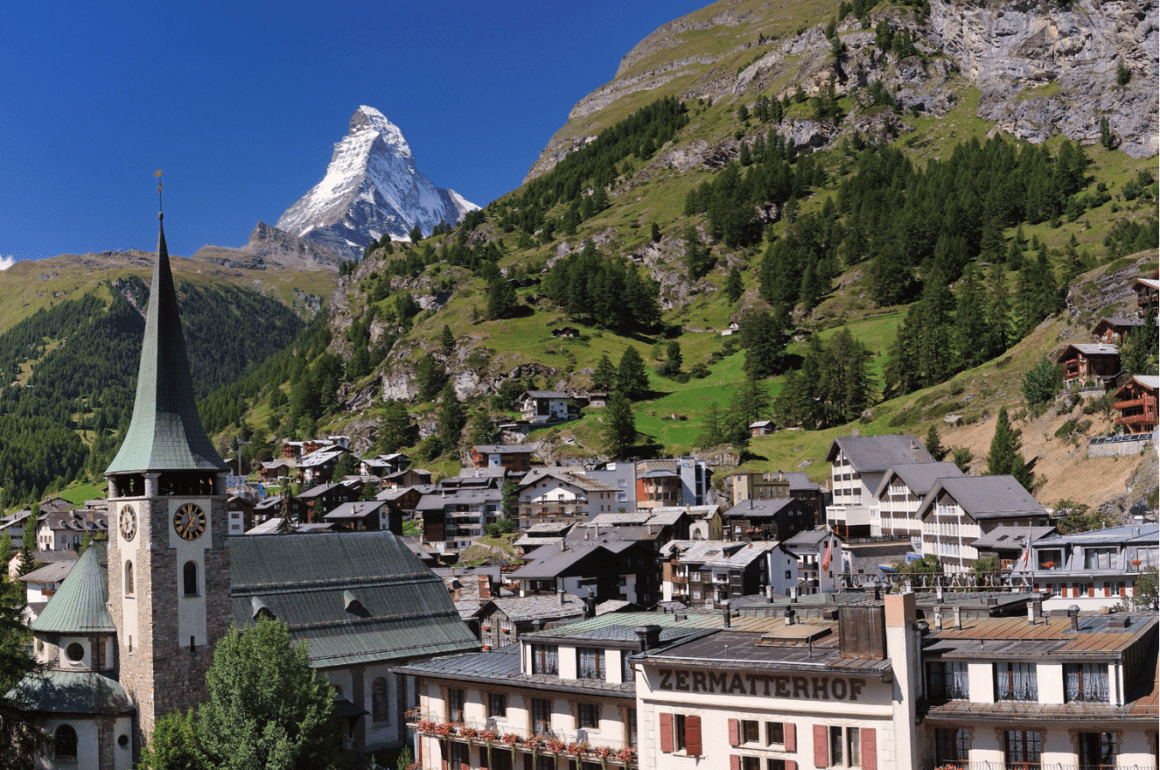






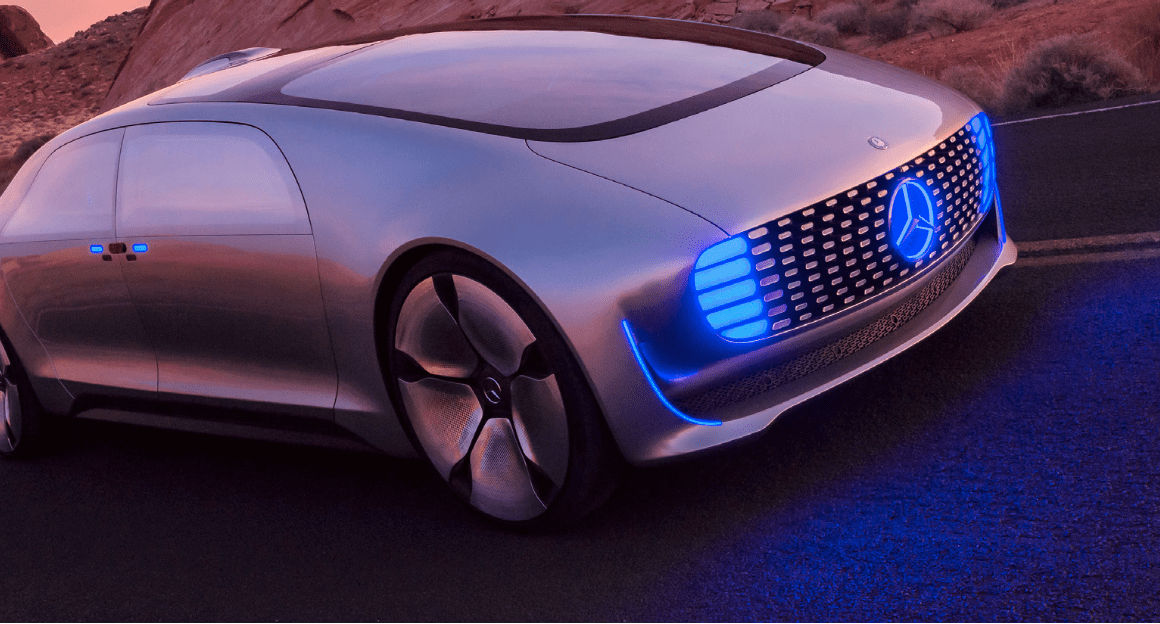


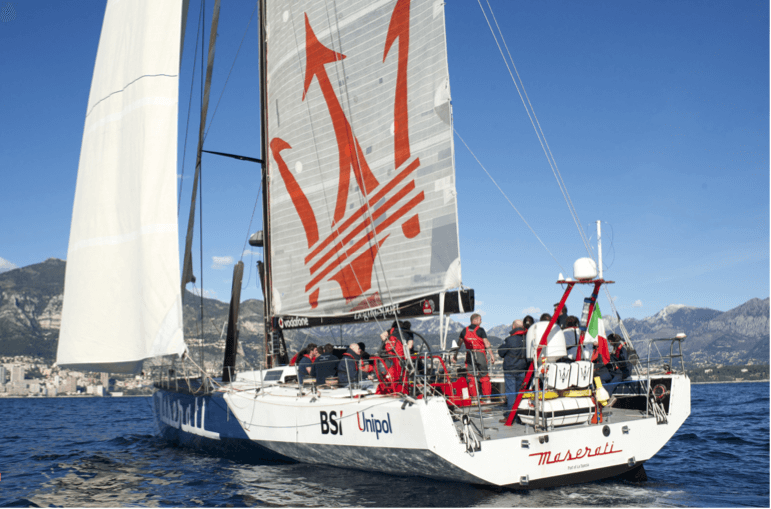




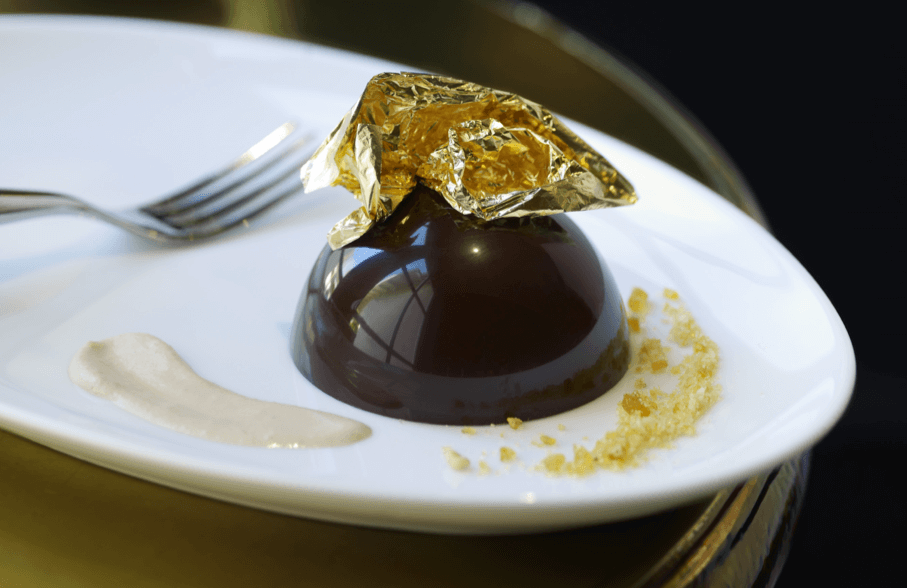


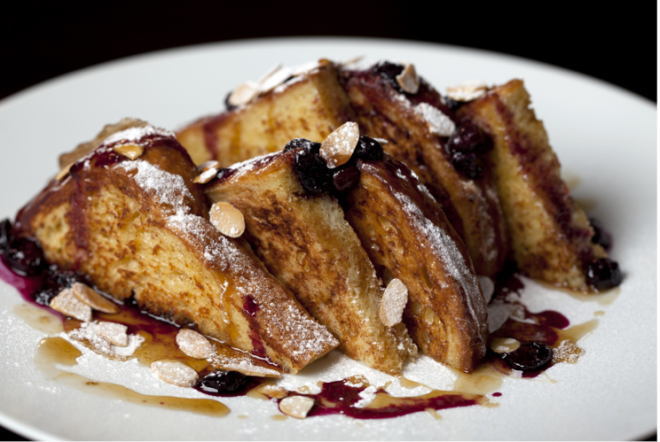
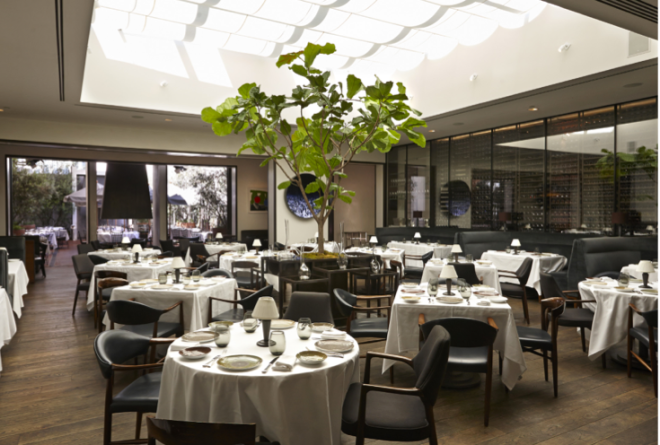





Recent Comments